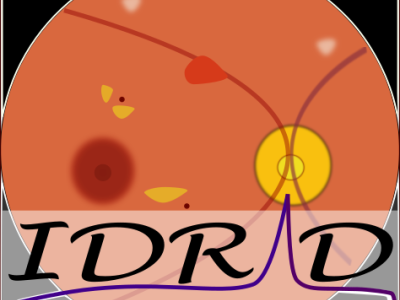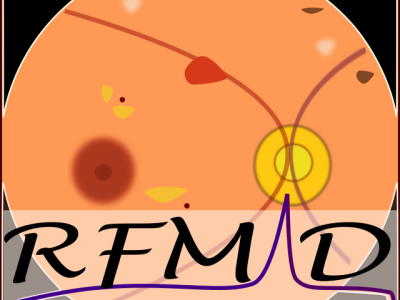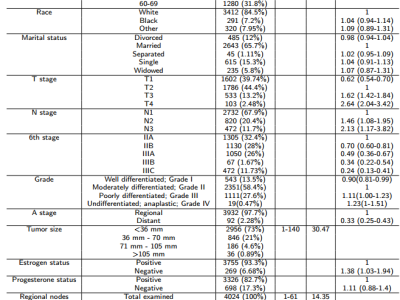BALLADEER ADHD

- Citation Author(s):
-
Juan Trujillo (University of Alicante)Rosario Ferrer-Cascales (University of Alicante)Nicolás Ruiz-Robledillo (University of Alicante)Javier Sanchis (University of Alicante)Sandra García-Ponsoda (University of Alicante)Alejandro Panagiotidis (University of Alicante)Natalia Albaladejo-Blázquez (University of Alicante)Ángela Martínez-Nicolás (University of Alicante)Jorge García-Carrasco (University of Alicante)Alejandro Reina (University of Alicante)Ana Lavalle (University of Alicante)Alejandro Maté (University of Alicante)Borja Costa-López (University of Alicante)
- Submitted by:
- Miguel Teruel
- Last updated:
- DOI:
- 10.21227/nevp-3a70
- Data Format:
 298 views
298 views
- Categories:
- Keywords:
Abstract
Attention Deficit Hyperactivity Disorder (ADHD) is a prevalent neurodevelopmental disorder affecting children and adolescents, characterized by inattention, hyperactivity, and impulsivity. Current diagnostic methods primarily rely on subjective clinical evaluations, which are prone to bias. Advances in neurophysiological assessment, particularly through electroencephalography (EEG), eye tracking, and electrodermal activity (EDA), offer promising avenues for objective diagnosis and monitoring of ADHD. However, the lack of large, publicly available multimodal datasets has hindered progress in machine/deep learning-based ADHD classification and biomarker discovery. To address this gap, we present the BALLADEER ADHD Dataset, a comprehensive, multimodal dataset integrating EEG, eye tracking, and physiological signals from children and adolescents with ADHD and neurotypical controls. The dataset was collected by using a controlled experimental protocol involving cognitive and attentional tasks, including Attention Slackline, Attention Robots, and CogniFit. These tasks were designed to elicit neurophysiological responses associated with attentional control, response inhibition, and cognitive flexibility—key domains affected in ADHD. This dataset enables the development and validation of machine/deep learning models for ADHD classification and fosters research into digital biomarkers for objective assessment. Additionally, it supports cross-modal analyses, exploring the interplay between EEG dynamics, eye movements, and autonomic nervous system activity in attentional performance. We detail our methodology for data acquisition, preprocessing, and quality assurance, highlighting potential applications in clinical and research settings. By making this dataset publicly available, we aim to enhance transparency, reproducibility, and innovation in computational neuroscience and ADHD research.
Instructions:
See README.MD for instructions







Hi, good evening, I'm working on my masters dissertation at Brunel University London, and these are my main ideas:
Early Diagnosis and Intervention: A machine learning model that analyses behavioural data to assist psychologists in earlier and more accurate ADHD diagnoses.
An AI-based tool for parents and teachers to assess ADHD-related behaviours through interactive digital tasks and visual tracking (Eye tracking, Movement Tracking...)So I'm requesting access to this database. Thank you, best regards, Iuri Guerreiro.